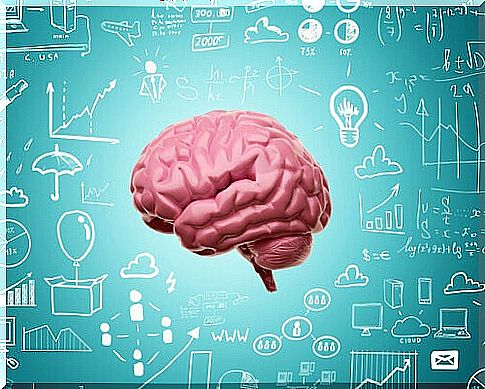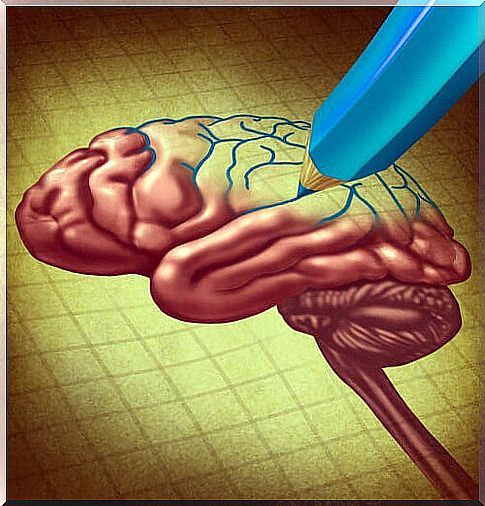Thanks To Neuroplasticity We Never Stop Learning

Your neuroplasticity is at its best during childhood because the brain is then more flexible and constantly receives stimulation. During this period, a large number of neurons are “born”, which accelerate the learning and development of a child. Therefore, childhood is a sensitive period for development, and especially the first five years.
But just because the brain is more malleable and flexible during this time, does not mean that your neuroplasticity will disappear completely or that it will be impossible to learn and create new synaptic connections. Even at an advanced age, the brain has the capacity to learn.
The brain can adapt to the environment and undergo changes in its structure as a way of meeting the demands of the environment. Evidence of the brain’s ability to adapt can be seen in people who can no longer see or hear. Other areas of the brain that are dedicated to perception through other senses will become more developed at the same time as their brain functions are reorganized.

Spanish researcher Pascual Leone demonstrated this ability through an experiment in which he blindfolded five healthy people for five days. During this period, they read Braille and performed hearing activities. With a magnetic resonance imaging, it was observed that the visual center was activated by sound and touch, which meant that the brains adapted.
This experiment was performed on adults, which means that the human brain continues to change throughout life, contrary to what was thought a few years earlier, and this reorganization has a lot to do with the needs of the environment and the resources the brain has to deal with them. .
We all know that children have a great ability to learn and that they are better than adults at starting with new things, such as playing an instrument, speaking another language or memorizing a text. The emergence of new neurons is amazing, but as we get older, this ability decreases.
However, neurogenesis continues as we get older. The old belief that we are born with a fixed number of neurons and that over the years we only lose them is false. Yes, there is a reduction in neuroplasticity, but the brain continues to be significantly malleable.

Various factors that can influence one’s neuroplasticity have been identified. First of all, it is good to live in an enriching environment that challenges the mind. Furthermore, it is known that moderate exercise also promotes neuroplasticity. On the other hand, old age, chronic stress and certain components in the blood seem to worsen it.
The emergence of neurons was a great discovery. There are two areas in the brain where this phenomenon has been observed: the subventricular zone and the hippocampus, the latter strongly linked to memory. Neurogenesis in the hippocampus can be stimulated when we learn new things.
Neuroplasticity is the mechanism that produces learning. But each person’s capacity for learning is determined by both genetics and education. Each person’s IQ will mostly be determined by genetics, but the intellectual effort can also affect the plasticity of the brain and even abilities.

Even if you have a genetic predisposition to learning, there will be nothing but potential if you do not learn to develop it. If you keep it dormant and do not use it, you will not only not develop it, but also lose the opportunity to do so. In other words, you will not only stop raising your potential, but also lose some potential for the future.
Cognitive stimulation is vital for the brain to be prepared to adapt to demands from the environment. Neuroplasticity is a crucial factor when it comes to dealing with brain damage. It is believed that people who have developed plasticity through learning will be better able to overcome or compensate for brain damage.









